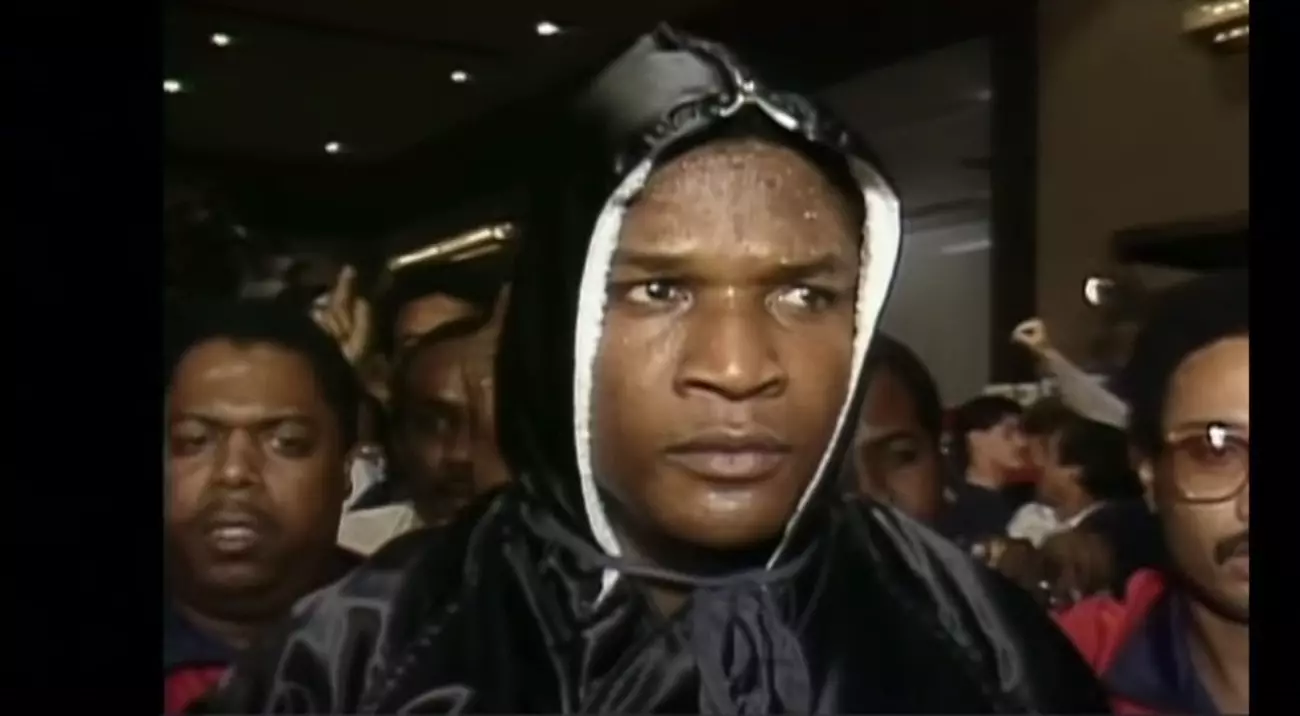In the world of boxing, few moments are as iconic as the meteoric rise of Mike Tyson. For fans who have followed Tyson’s journey over the years, his dominating performance against Trevor Berbick stands as a cornerstone of his legacy. It was November 22, 1986, when the 20-year-old Tyson shattered records and astounded the boxing world by becoming the youngest heavyweight champion in history. However, Tyson’s illustrious career was not merely marked by triumphant highs; it is a tale laden with lessons about human ambition, potential, and the inevitable decline that often shadows greatness.
Tyson’s fight against Berbick was not just a victory; it was a brutal exhibition that showcased the raw power and agility that defined Tyson at his peak. In those chilling two rounds, Tyson exhibited a blend of speed, precision, and ferocity rarely seen in the sport, making Berbick look like a novice in the ring. The infamous left hook that sent Berbick crumbling to the canvas highlighted the destructive capabilities of “Kid Dynamite.” Fans who witness this matchup often recount its tragic beauty, how Tyson seemed to dance through the ropes as he executed each flawless punch with an almost poetic grace.
Berbick’s repeated falls from the same punch were not merely entertaining; they were symbolic of the overarching narrative of dominance that Tyson crafted throughout the late ’80s. More than just a fight, this bout epitomized the collision of youth, talent, and ambition—a fresh face in a sport rich with history, storming its high halls with the energy of a thousand gladiators.
While Tyson’s victory over Berbick undoubtedly marked the zenith of his youthful ambition, it also opened a Pandora’s box filled with expectations. Tyson himself expressed a desire to not only be the youngest but to aspire to become the oldest heavyweight champion as well. This drive—an inspiring vision of success—was intricately linked to his mentor Cus D’Amato, whose ghost loomed large over Tyson’s career. Yet, as time marched on, the romantic notion of invincibility began to wane, revealing a more complex landscape underlying Tyson’s rise.
Post-Berbeick, Tyson’s impressive streak seemed to diminish in intensity as he collected titles with less and less challenge. Michael Spinks, another formidable contender, succumbed in just over a minute, draining the excitement from his anticipated matchups. Fans who once reveled in Tyson’s near-unstoppable fury began to feel a sense of disillusionment, yearning for a worthy adversary to test his mettle fully.
The fame and ferocity that catapulted Tyson to monumental heights carried the seeds of his subsequent plight. The lengthy layoff after his brief but stunning matches indicated troubling undertones in his career. The anticipation of his return against Frank Bruno showcased Tyson’s strength, but caution lingered in the air. Fan sentiment shifted from reverence to concern as the signs of vulnerability became evident; Tyson was getting hit more often, a stark contrast to his earlier invincibility.
The shock that followed Buster Douglas’s extraordinary victory in February 1990 was a watershed moment in boxing history. How the mighty had fallen! Douglas exposed not only Tyson’s physical vulnerabilities in the ring but also foreshadowed the complications that had begun to unravel in Tyson’s personal life, consecutively leading to the long, arduous road of trials that would characterize his career moving forward.
The legacy of Mike Tyson is not merely one of extraordinary triumph but also of complex defeat and redemption. In remembering his infamous knockout of Trevor Berbick 38 years ago today, fans are reminded of both the brilliance and the vulnerabilities of one of boxing’s legends. Tyson, a man who once turned opponents into mere victims of his explosive talent, lives on as a character defined not only by his achievements but by the dichotomy of his life—an inspiring tale of glory marred by personal tribulations. Boxing enthusiasts worldwide forever cherish the visceral thrill that Tyson brought to the sport, a reminder that human frailty can coexist with immense power on the grand stage of athleticism.


Leave a Reply